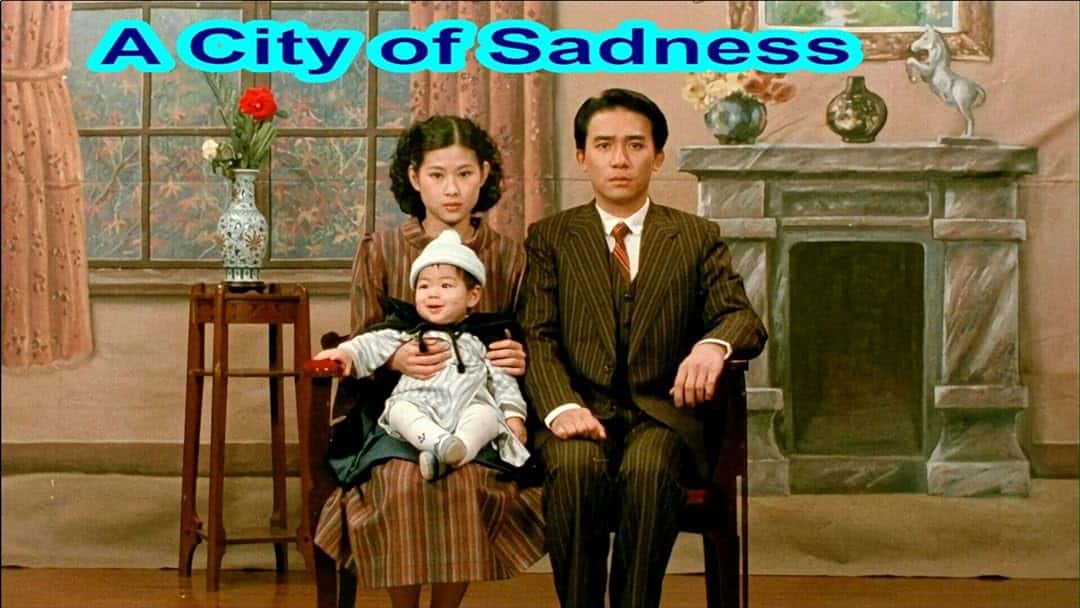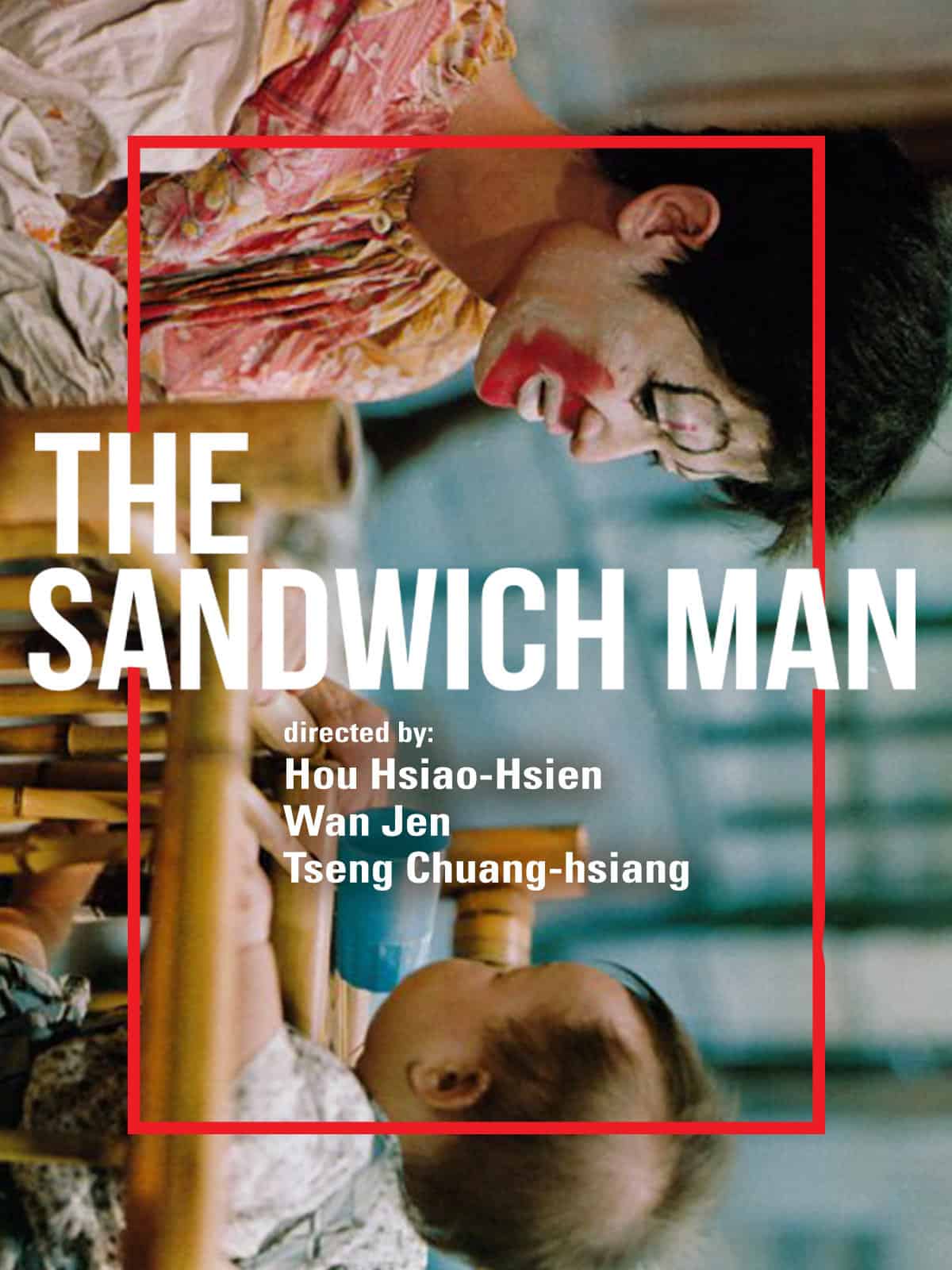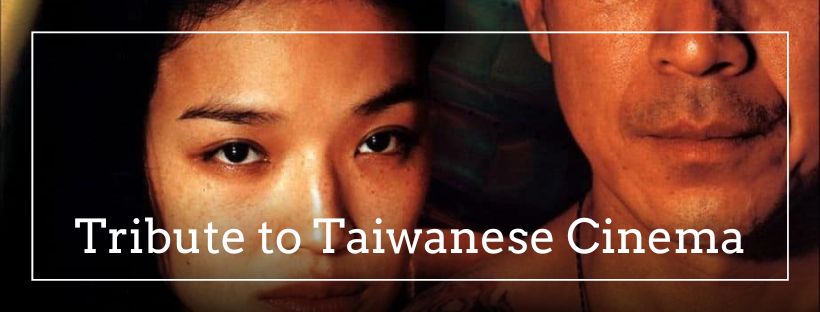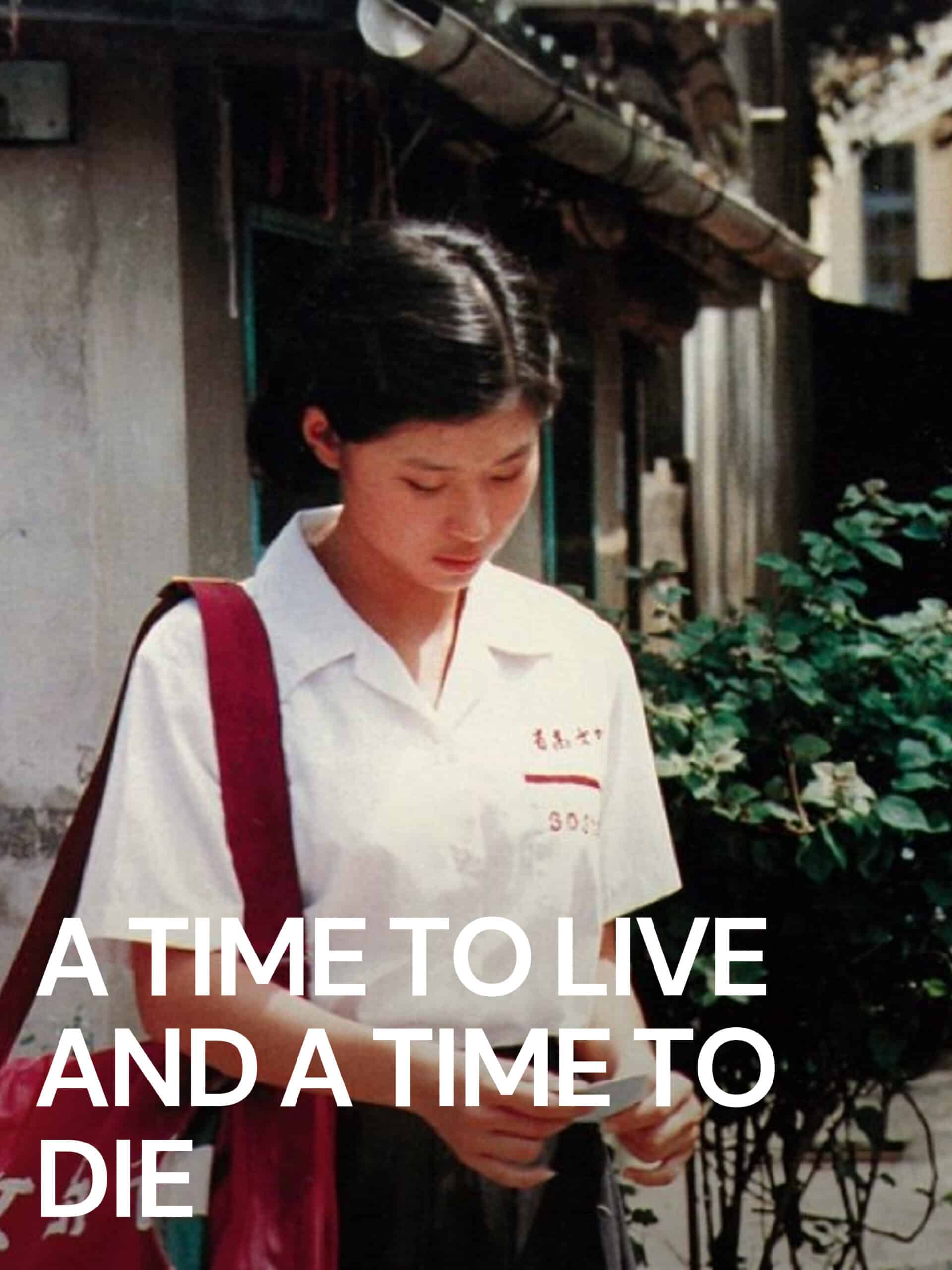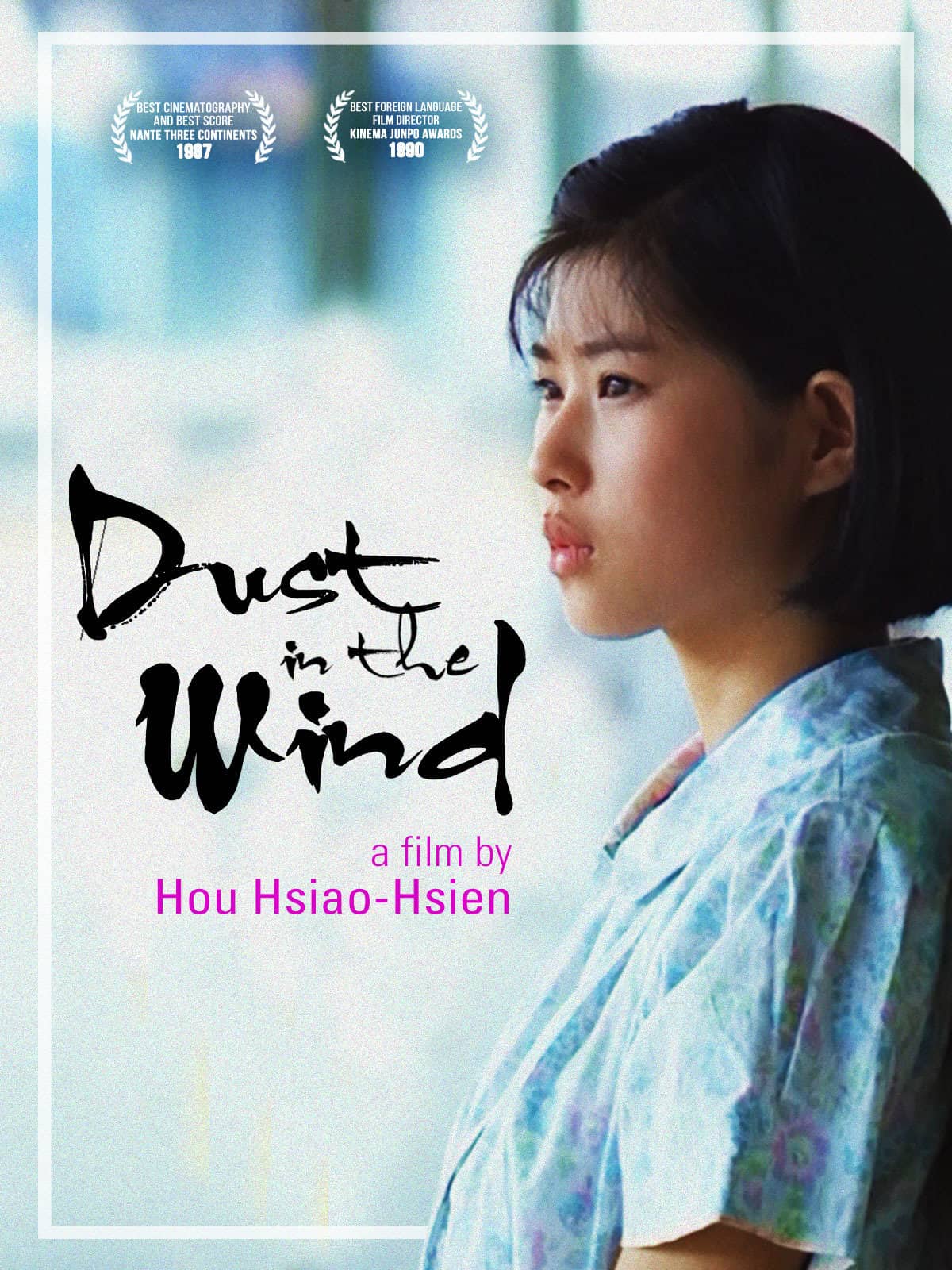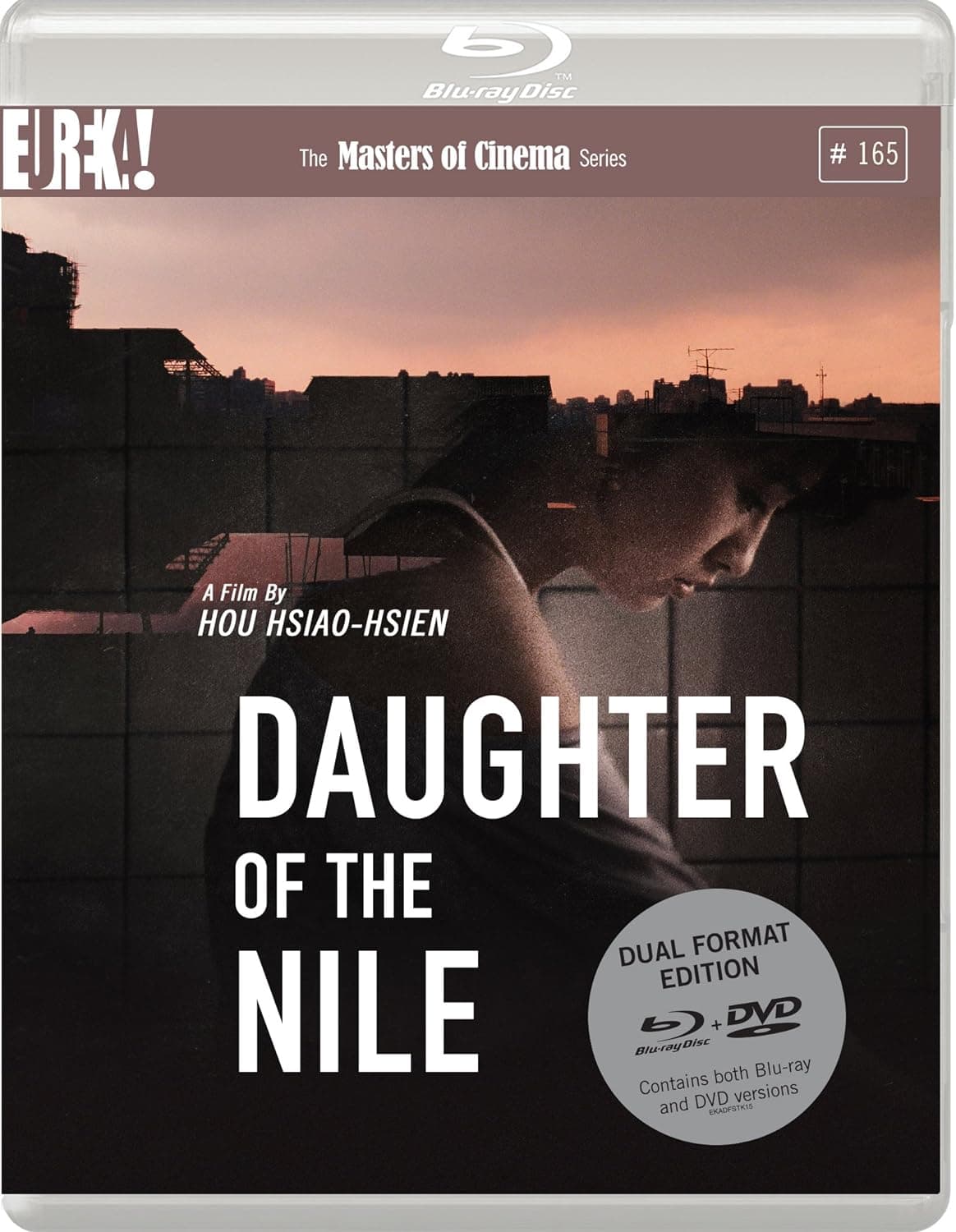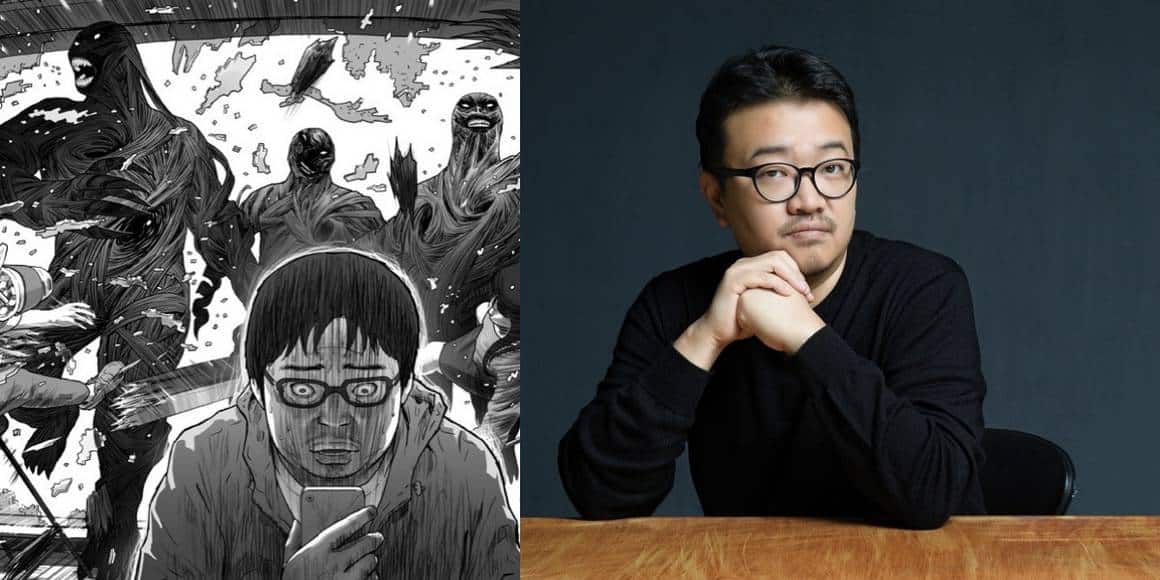The news of Hou Hsiao-hsien's retirement from filmmaking due to his battle with dementia shocked the cinema world, which seems to have lost one of its definite auteurs. As a small tribute to his timeless work we present a list of all his movies, with the exception of the two omnibuses he participated in 2007 (To Each His Own Cinema) and 2011 (10+10) which we hope to review later on, along with his yet unfinished last movie, “Shulan River”. Without further ado, here is a rundown of his movies, in chronological order.
1. Cute Girl (1980)
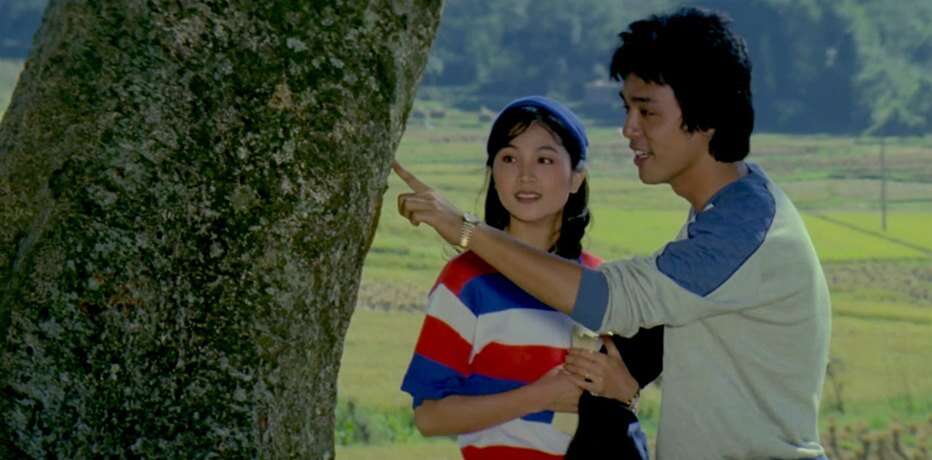
You should not ignore the importance of “Cute Girl” when it comes to introducing audiences to the kind of approach, thematically and aesthetically, that Hou would develop further in his next projects. As author Philip Kemp rightfully points out in his essay on the filmmaker's early works, concepts such as the contrast between rural and urban Taiwan or traditional family values, represented by Wenwen's parents, are present throughout “Cute Girl”, even though they are more in the background it seems. At the same time, the combination of pop songs and the often corny scenes between the protagonists, especially the first concept is often on the verge of being romanticized. (Rouven Linnarz)
Buy This Title
on Amazon
2. Cheerful Wind (1982)
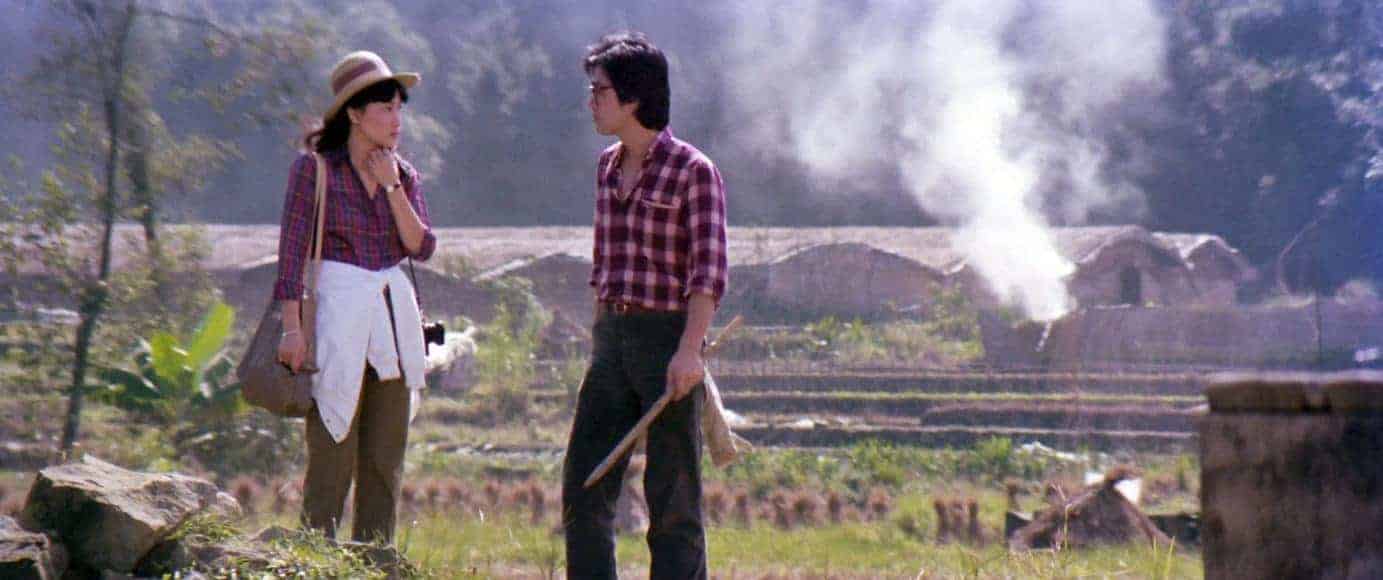
It's funny, the main characters are sympathetic (I was actually quite sad for the loser of the love-triangle), the actors are believable, it's cute without being too cheesy. There is a bit of a ‘80s' touch (the perms, the clothes, and the many zoom shots)'. (Oriana Virone)
3. The Green, Green Grass of Home (1982)
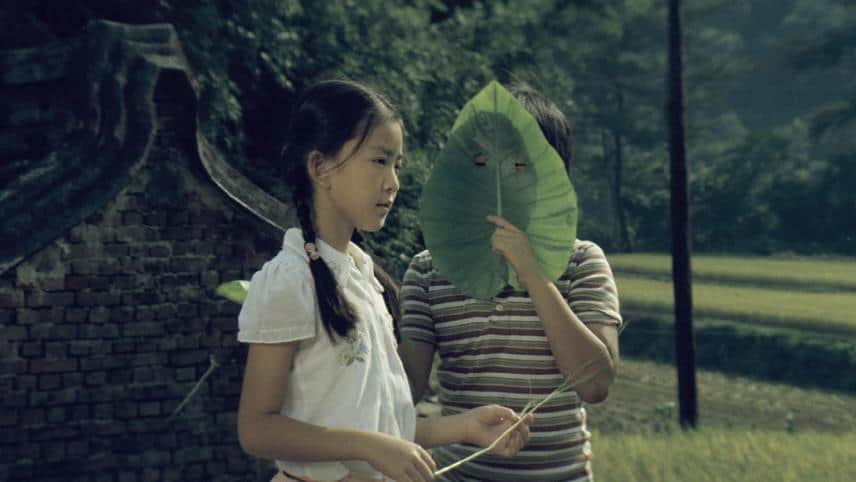
Given their thematic and visual connection, it should come as no surprise that “The Green, Green Grass of Home” feels very much a like a sequel to “Cute Girl”. It is obvious, from the lush landscapes the camera shows, or the adoration for the character, the farmers, the fishermen and the young students, that Hou is quite affectionate when it comes to this particular environment, clearly favoring it over the urban areas, which are just shown briefly in the feature and are mostly connected with questionable moral behavior by the village elders. Much like “Cute Girl”, whose affection for the rural Taiwan was equally obvious, the idea of true love being only available in these place serves as an additional factor within the genre framework of the romantic comedy. Indeed, given the (quite frankly corny) score in combination with the images, the tranquil nature of the places Hou shows is just too good to be true, bordering on the idealistic. (Rouven Linnarz)
4. The Sandwich Man (1983)

Hou makes a direct comment about the impact of progress on people such as the protagonist, who were not equipped to follow it, thus barely making a living, essentially in disgrace. That Kun Shu begs the owner of a theater to, essentially, be a clown in order to support his family is indicative of his situation. There is a sense of tragic humor and irony permeating the whole segment, which is cemented in the aforementioned last part. At the same time, that in the end, the family survives and even have kids, does come across as an optimistic message, in an otherwise quite dramatic and pessimistic story, which does echo, though, as rather realistic and indicative of the times. Chen Bozheng, who plays, Kun Shu, gives the most memorable performance in the whole film.
Buy This Title
on Amazon by clicking on the image below
5. The Boys from Fengkuei (1983)
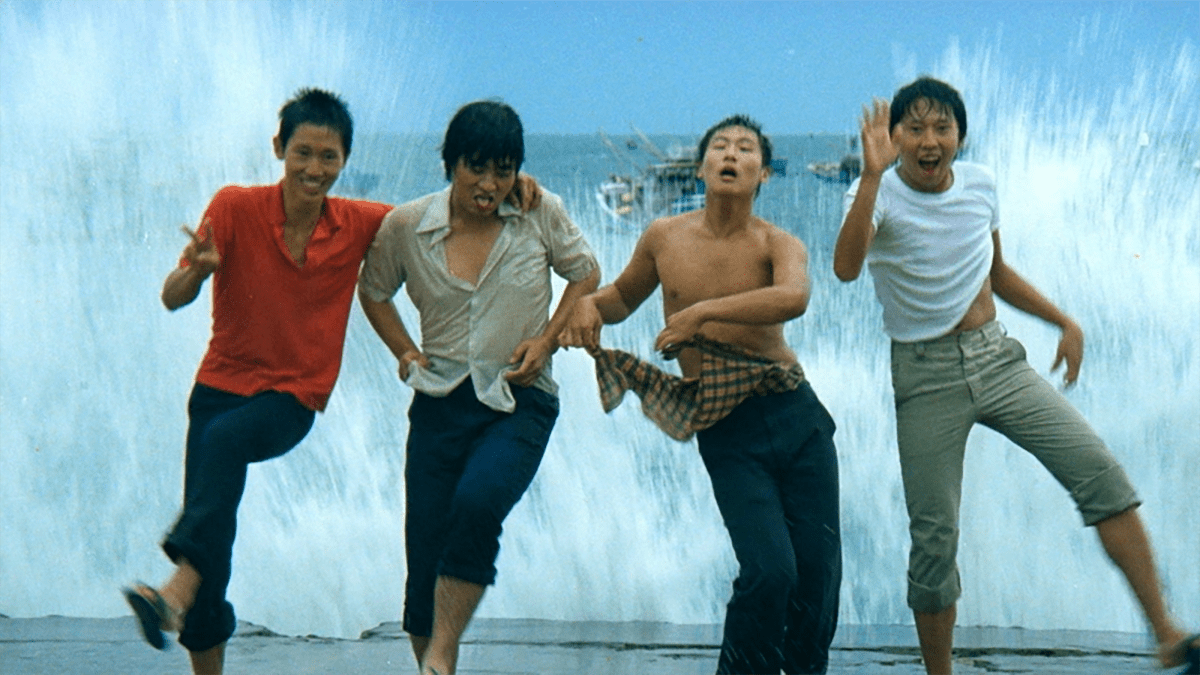
As already indicated, there are distinct aspects making “The Boys from Fengkuei” a very different experience than “Cute Girl” and “The Green Green Grass of Home”, despite delving into similar thematic territory. On the surface, the script written by Chu reads like a coming-of-age-story, but they way this approach diverts from the more mainstream method of the previous features, not relying too much on obvious, dramatic plot points but more on spending time with the characters, resulting in a more organic development, for example, from Ah-ching becoming more mature due to being in an urban environment, away from home and being in love for the first time in his life. This achievement also succeeds thanks to the cast, with Doze Niu and the other performers downplaying rather than over-dramatizing certain events, giving their interactions a more natural and less goofy tone, unlike the characters in “The Green Green Grass of Home”. (Rouven Linnarz)
6. A Summer at Grandpa's (1984)
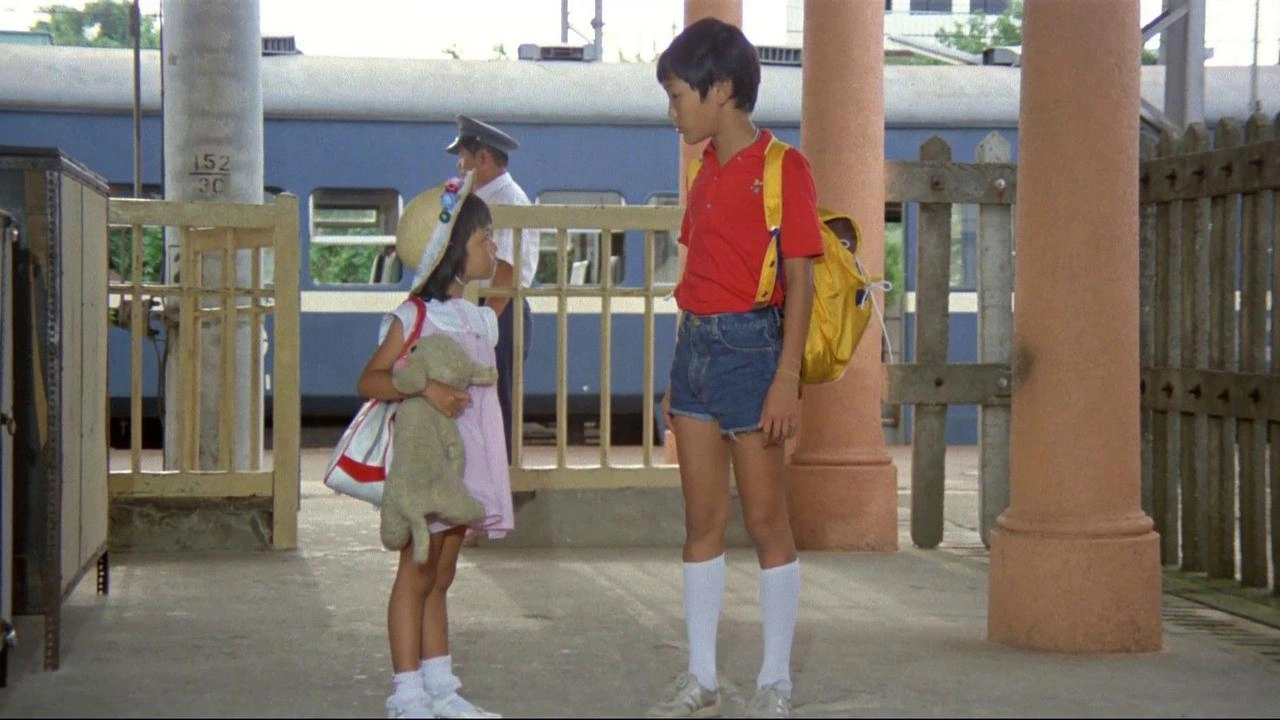
Although a children's movie in its basis, with Tung Tung emerging as the protagonist, Hou essentially uses the children in order to portray the social complexity of adult life through their eyes, demonstrating an image of a world that is, by no means, a paradise on earth. As such, and although the movie begins in a style of children's shenanigans frequently involving turtles, which will remind many of Studio Ghibli, soon it moves into more “serious” territory.
7. A Time To Live And A Time To Die (1985)

Nostalgia is ever-present in the movie. The Asian viewer, especially one growing up in a town with a large family, is sure to feel catharsis to an unforeseen measure. The relationship between members of the family is one personal to them, as is almost every moment seen in the movie and every trait of Ah-Ha. The characters: the good-natured father, the unimaginably hard-working mother, a sister who cannot achieve her dreams, a brother who is an expert at studying, a caring grandmother with her own dreamworld, these are the characters of their respective lives. Rarely does a movie feel so personal to them. Hou Hsiao-Hsien's famous style of playing with the moments is at full display, as each moment builds up anticipation for the next. (Raktim Nandi)
Buy This Title
on Amazon by clicking on the image below
8. Dust in the Wind (1986)
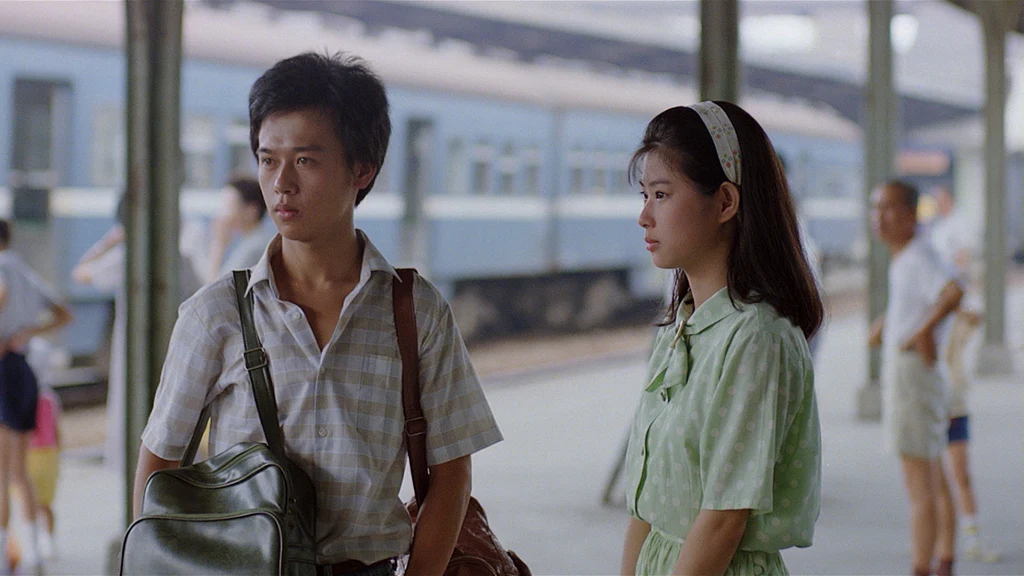
Hou directs a film that uses the rather appealing story of the two youths in order to present a number of social, philosophical, and historical comments, in a rather multilayered narrative. One of the main themes of his first movies, the antithesis between life in the city and in the country is here once more, although, in this case, he portrays both as quite difficult at the time, even if in completely different terms. In that fashion, life in the country is depicted as family-based, but without any opportunities for progress, with the fact that the setting remains essentially the same in the many times the story returns to Jiufen highlighting this aspect quite eloquently. Life in Taipei, on the other hand, is job-based, with the relationships and essentially the lives of people revolving around the way they make their money, and the alienation that almost always happens in the urban centers being quite evident. (Panos Kotzathanasis)
Buy This Title
on Amazon by clicking on the image below
9. Daughter of the Nile (1987)
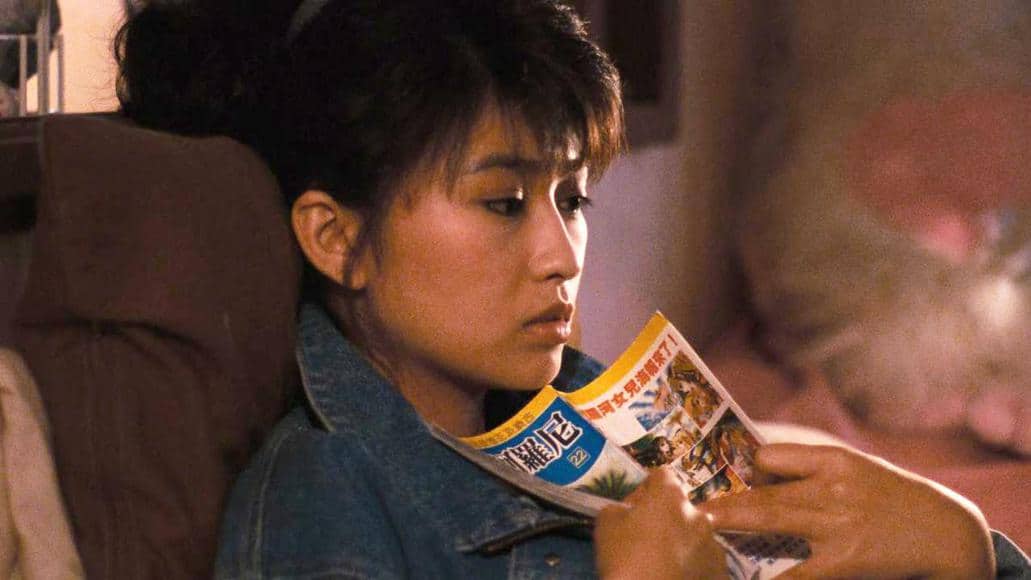
One of the first themes, visually and thematically, established in “Daughter of the Nile” is the three spheres in which the young characters move within: the domestic, the urban and the escapist sphere. Since the first two are linked to parts of the world, or their environment, which Hsiao-fang and her brother are either deeply estranged to or repulsed by the third sphere offers something of a temporary, but safe refuge. The rarity of these occasions, when the young characters get together forming their “gangs”, as they take a trip to the beach or drive side by side on a nighty motorway is stressed through the use of Western pop music, the use of light and the idealizing eye of Chen Huai-wen's camera. One is hard-pressed when trying to find an Ozu-like influence or style within these scenes as Victor Canby states, one which is perhaps only existent in the scenes taking place within the family home, emphasizing the feeling of imprisonment and stuffiness of parental attitudes. If one wants to find any kind of influence, many of the these particular scenes focusing mainly on the young share a sense of the Nouvelle Vague films like “The 400 Blows” or “A bout de souffle”. (Rouven Linnarz)
Buy This Title
10. A City of Sadness (1989)

Violence and injustice are, for the most part, off-screen elements. This also applies to a crucial component of the whole narrative, as the director opted not to explicitly show the large-scale protests that were brutally repressed by the government at the time. Instead, viewers can only listen the main protagonists' discussions about politics, and see how injured citizens appear in the hospital. Furthermore, the director minimally depicts the antagonists – they exist simply as voices on the radio or as characters without any close-up shots. (Tobiasz Dunin)
Buy This Title
on Amazon by clicking on the image below
